When setting out in a small rowboat or sailboat, whether for a few hours or an adventure of several days, it is important to equip your boat for safety. Though there are few legal requirements for non-motorized boats 23' and under, the common-sense skipper will view these as minimal and take further appropriate equipment, and he’ll know how and when to use it. The idea is to be self-sufficient, so that regardless of what happens you can take care of yourself.I like to keep everything compact, ready to go, and easily portable. Most of my gear fits in a canvas bag that I can put over my shoulder and carry with me to whichever boat I’ve chosen to take out. I also grab the plastic pail that holds my anchor and rode. I secure both the canvas bag and the pail to the boat with lanyards, because none of this gear will do any good if it floats away or sinks after a capsize.Seasonal maintenance is also important. Each spring, in addition to getting my boats ready for the season, I check all my safety equipment to make sure everything is functioning properly and also to reacquaint myself with it. I blow the whistle, turn on the light, inflate my PFD, change batteries, and so on.
Join The Conversation
We welcome your comments about this article. If you’d like to include a photo or a video with your comment, please email the file or link.
Comments (3)
Leave a Reply
Stay On Course

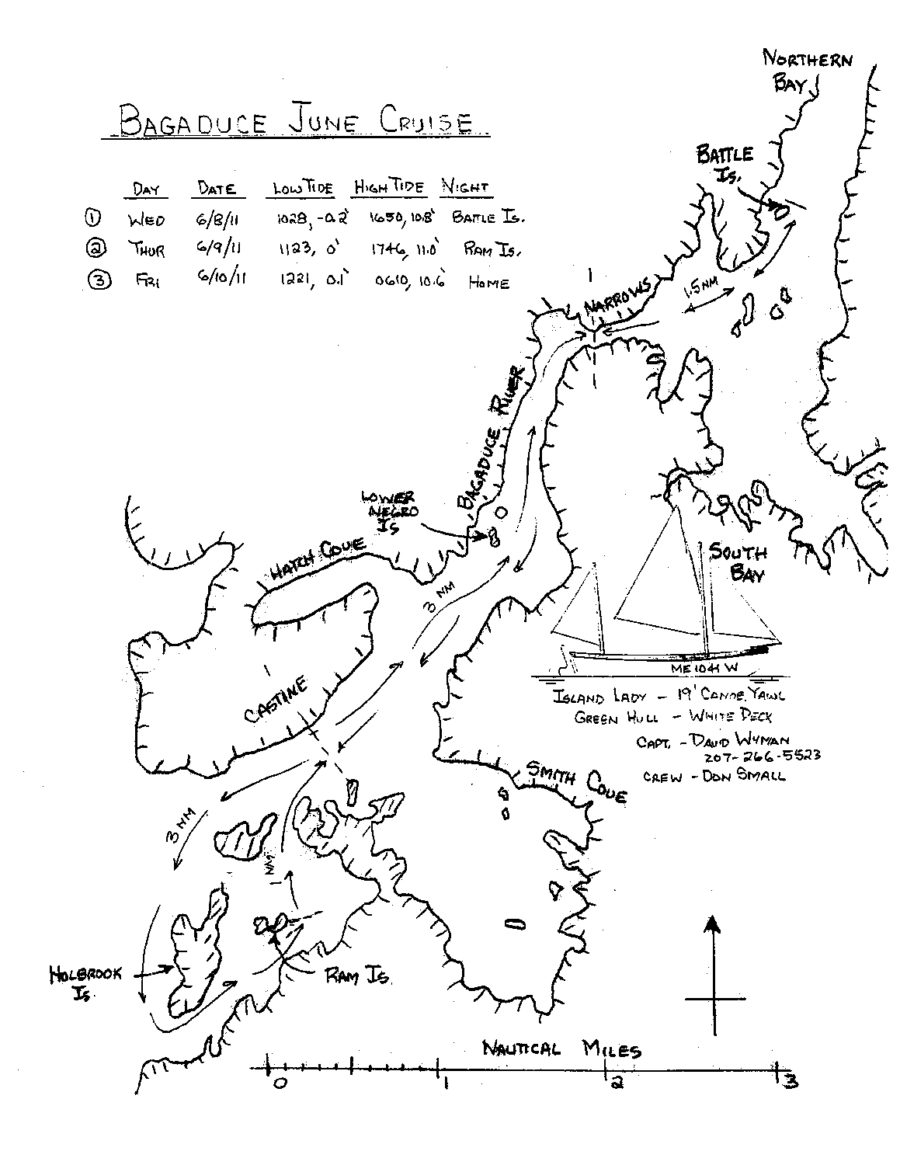
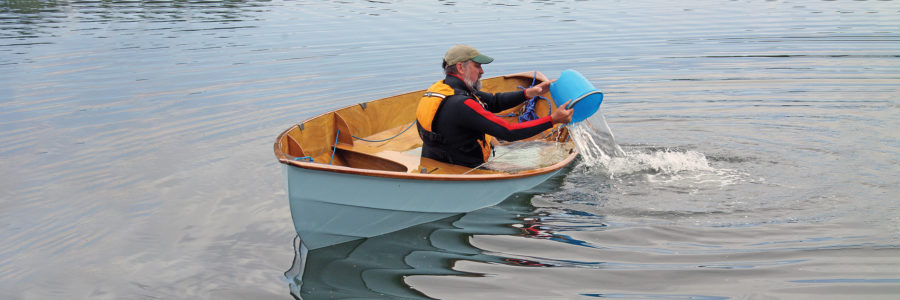
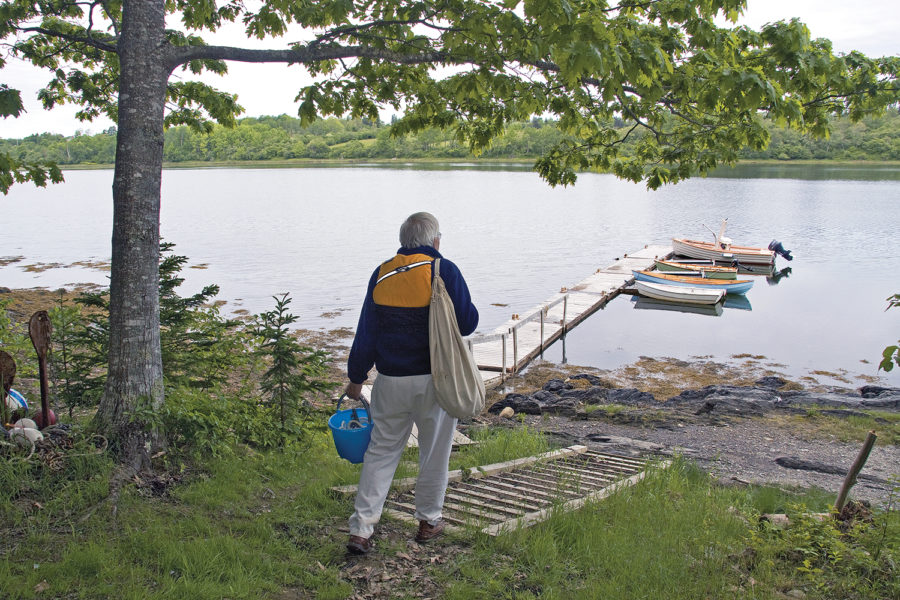
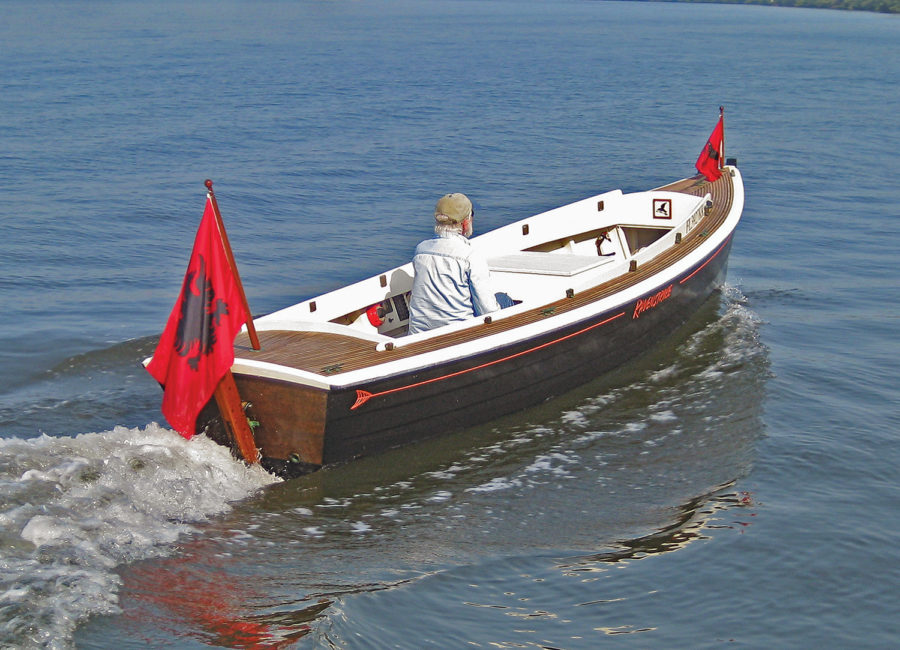
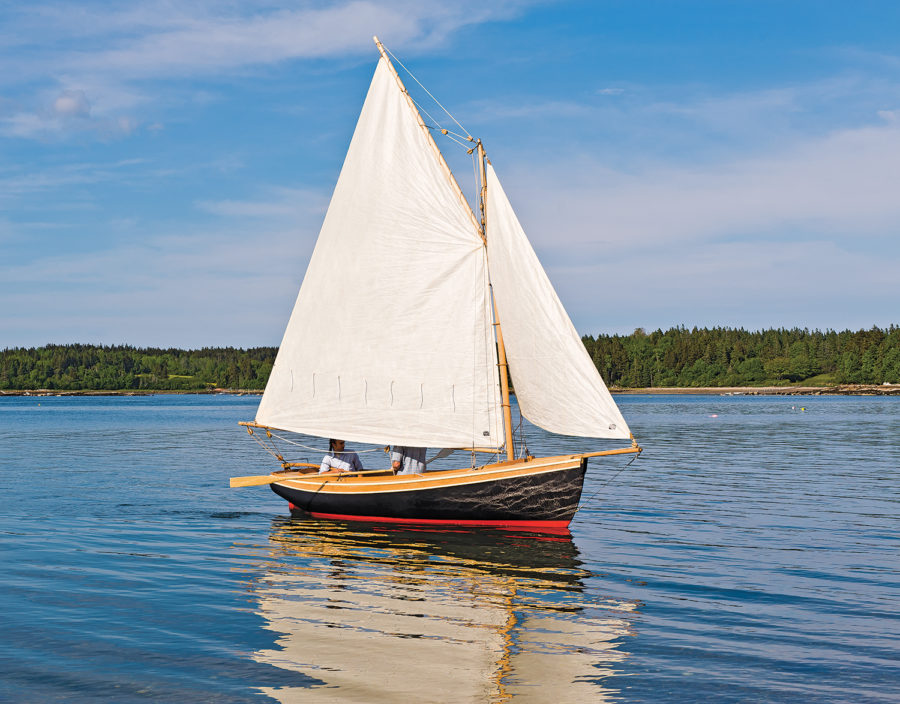
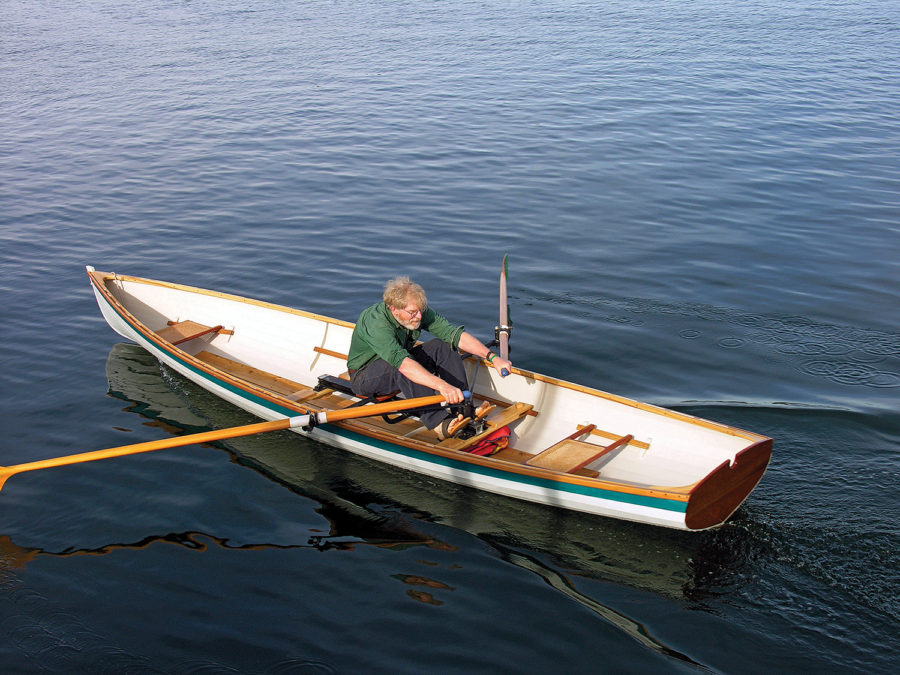
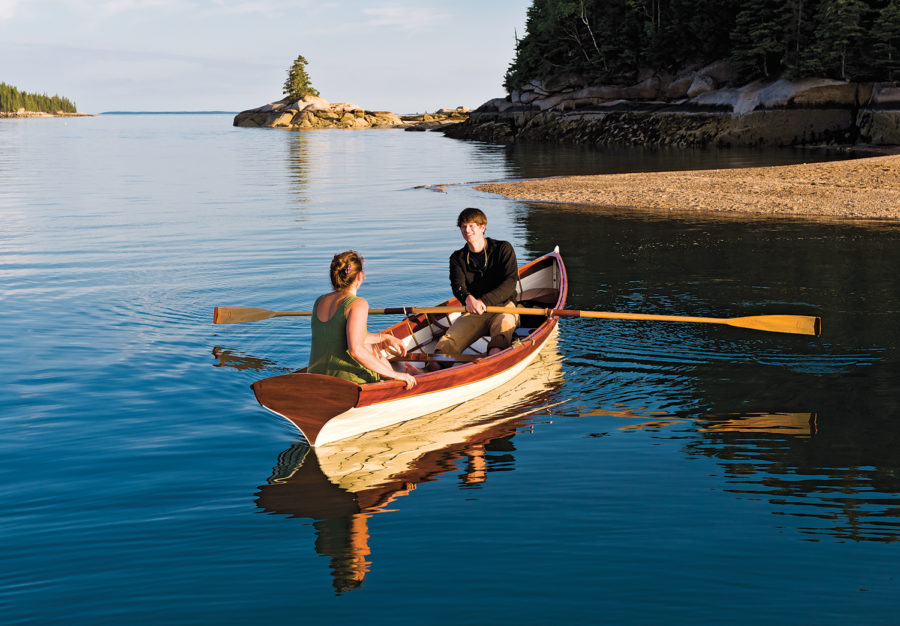
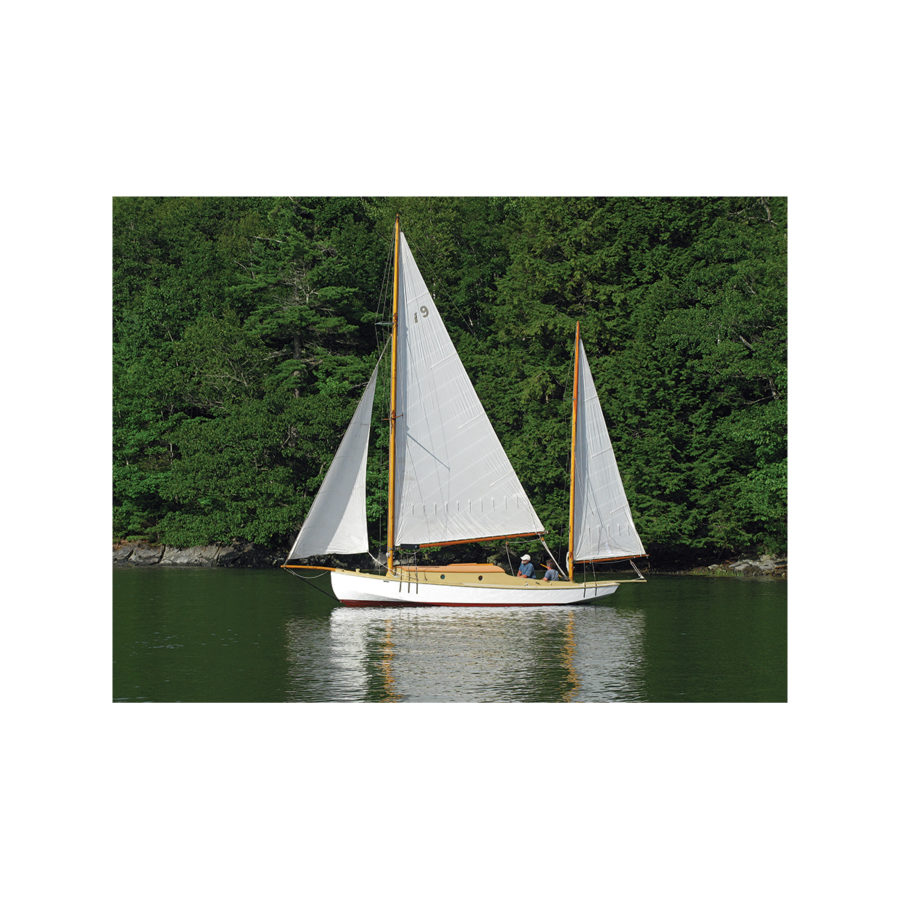
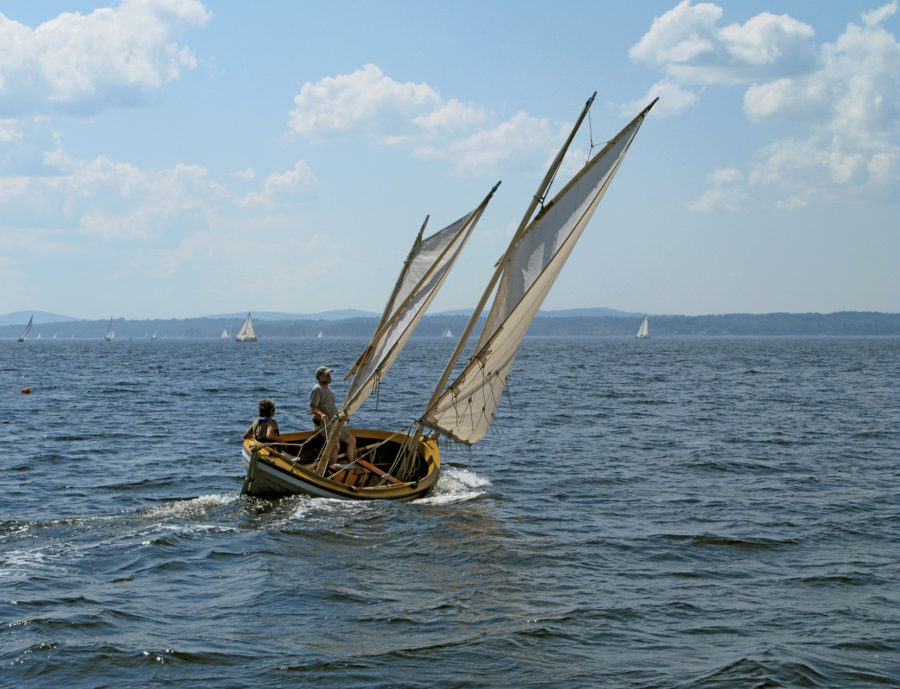
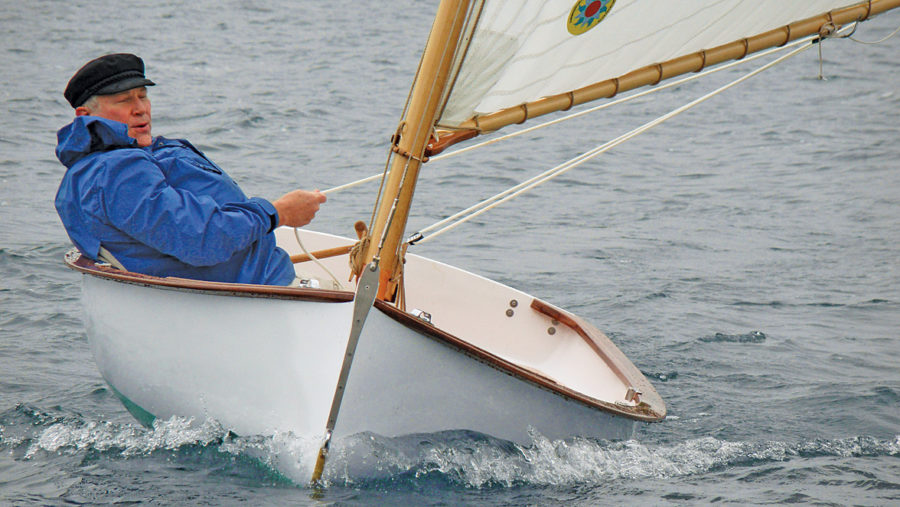
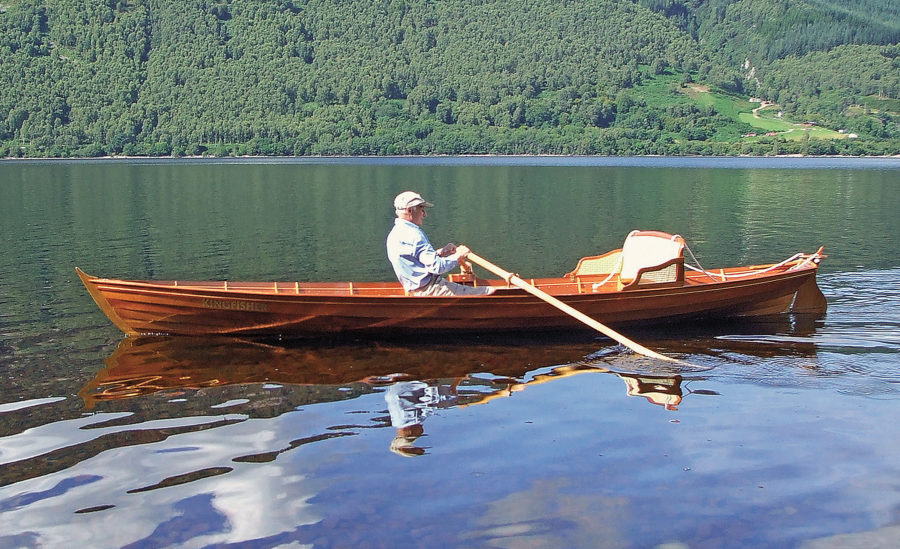
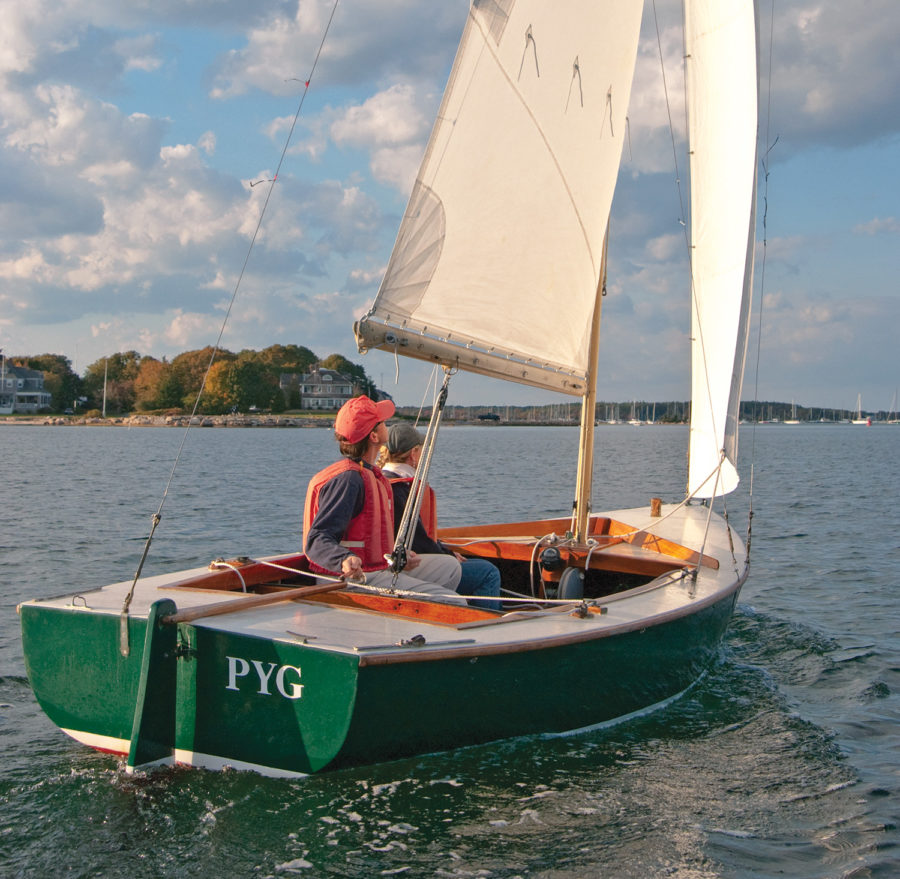
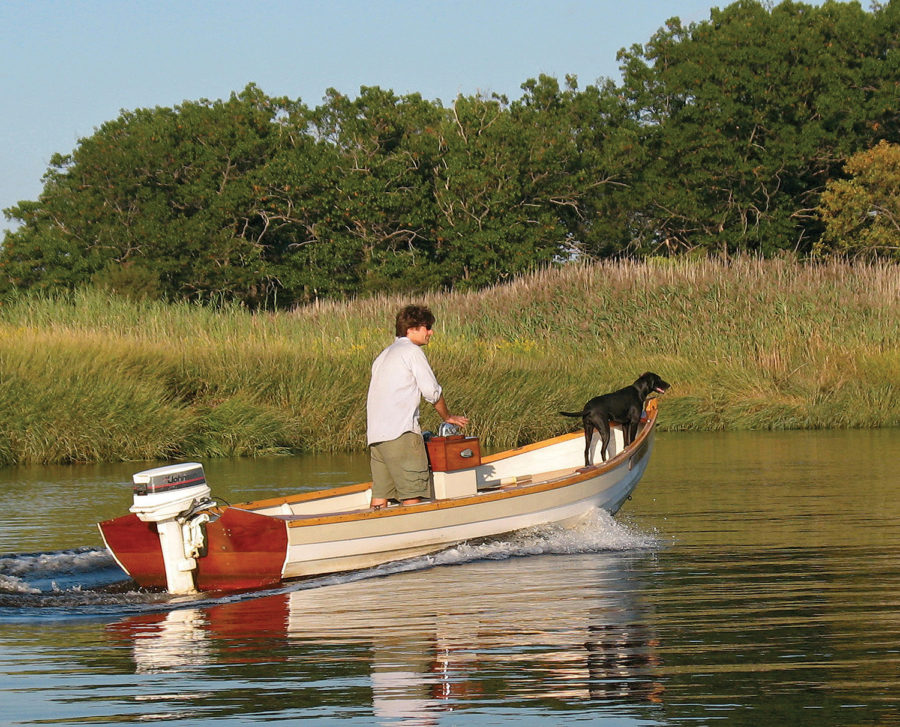
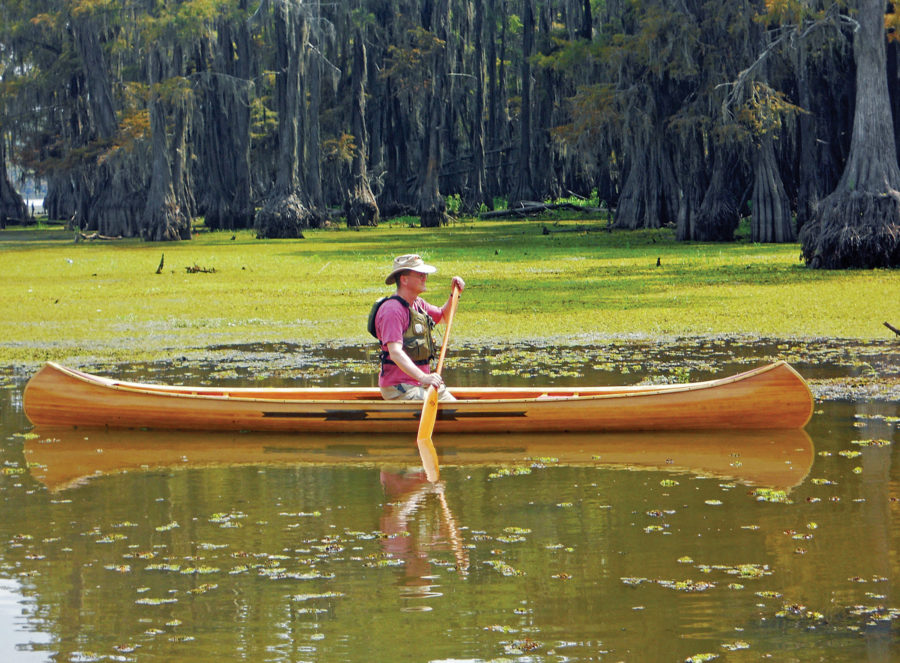
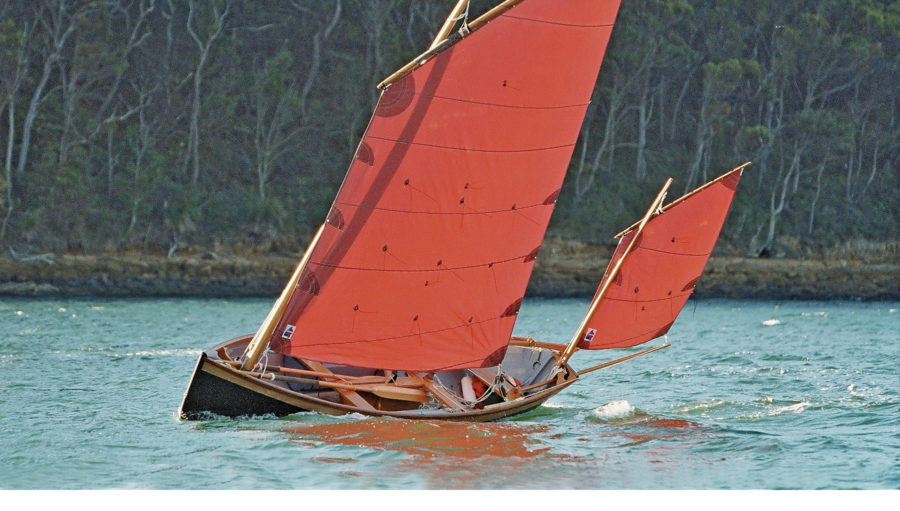
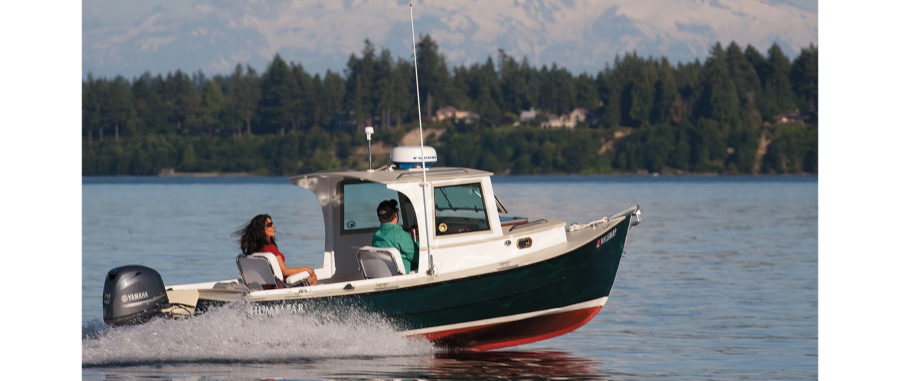
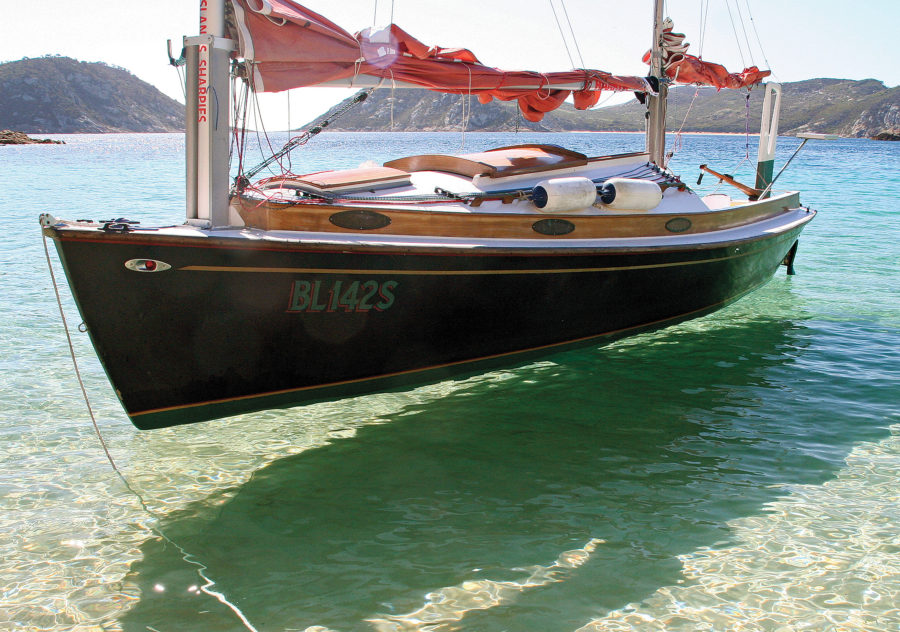
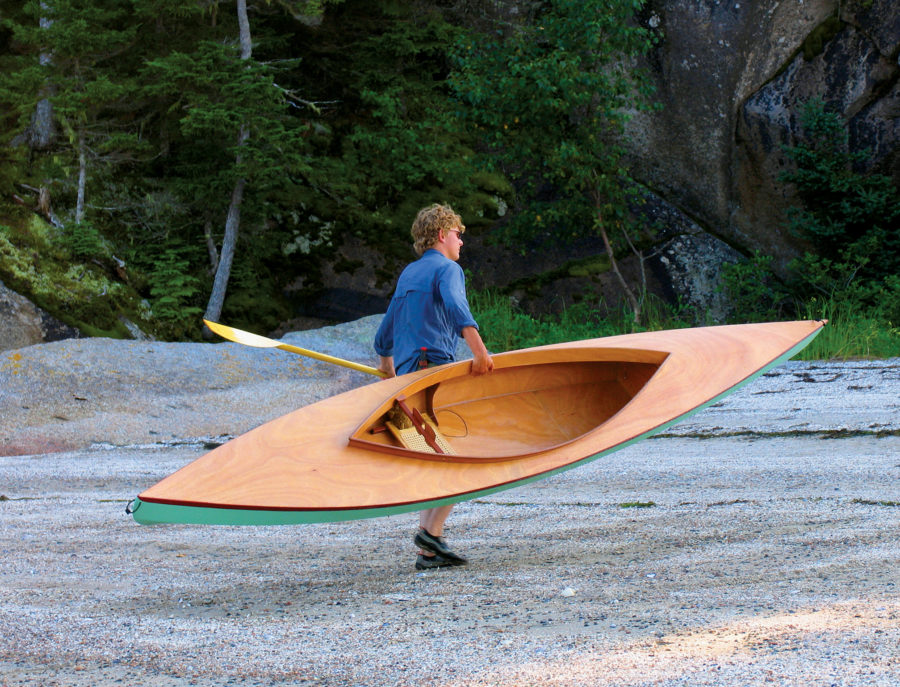
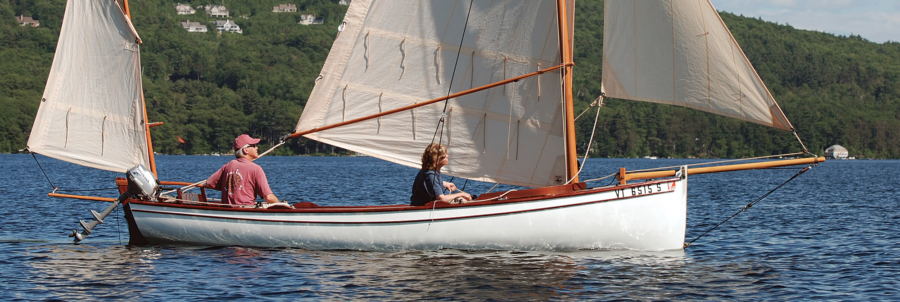
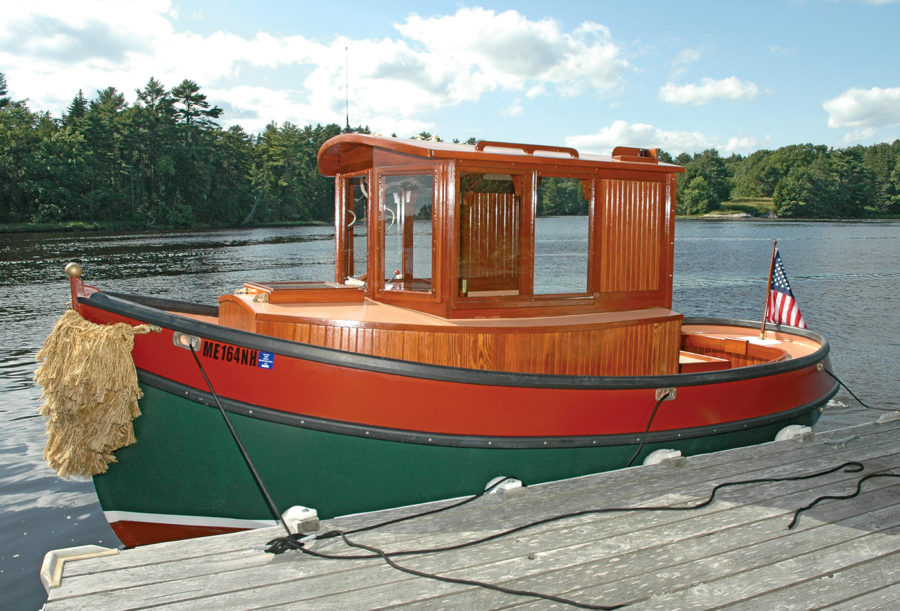
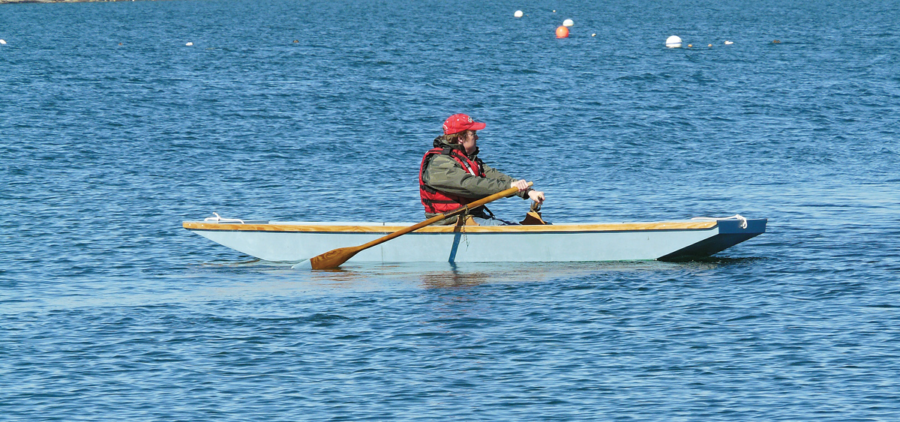
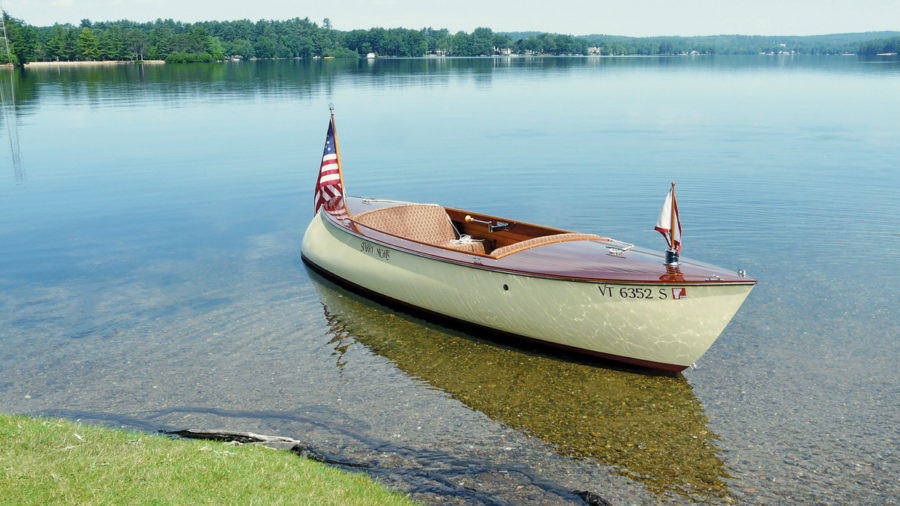
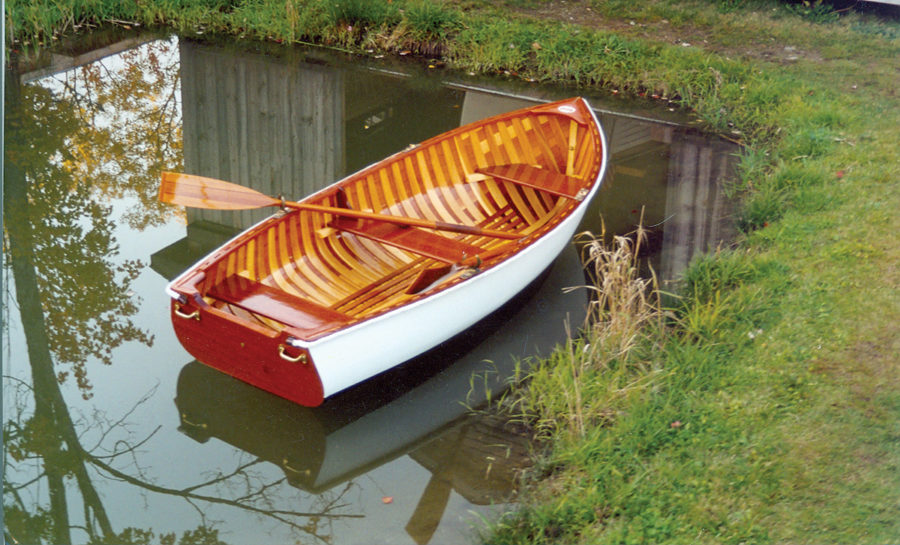
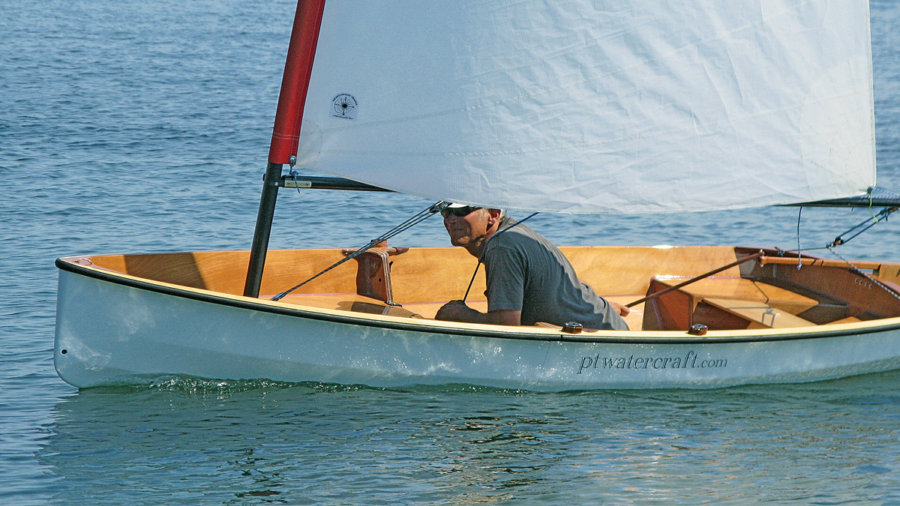
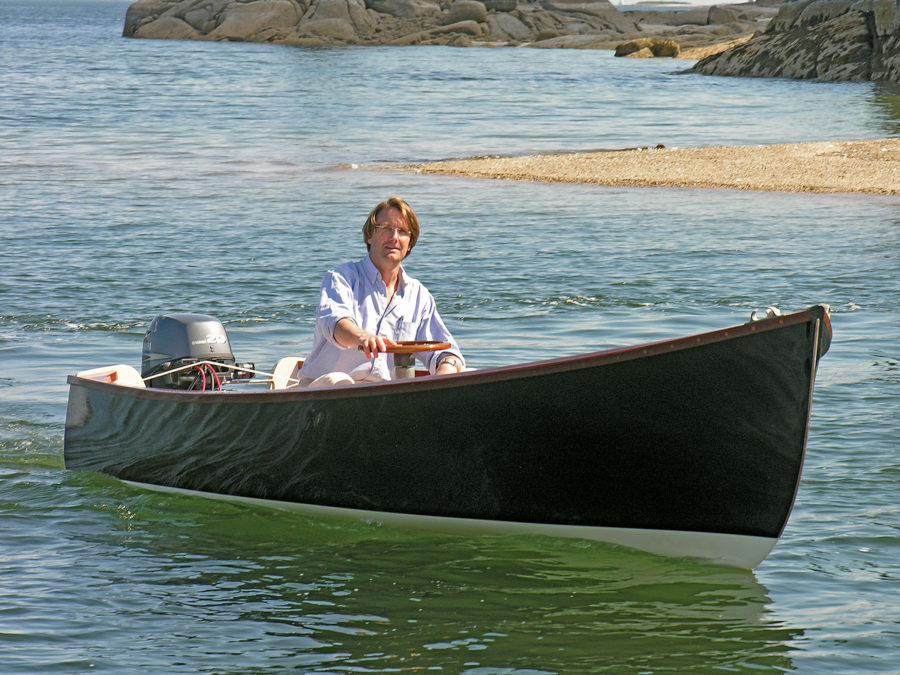
For families with young children I suggest that PFDs be placed on the children before reaching the dock, launch, boat, etc. (e.g. upon exiting the car at the marina). Supervising adults are often distracted beginning with carrying equipment and provisions and readying the boat. This pre-sail activity exposes passengers to many of the additional risks associated boats underway and deserves cautious consideration.
Am seeing reflections of many score skipper inspection/conversations at Small Reach Regatta (RIP). And was the maritime icon photographed by Rosemary? Good looking bread for that sandwich, too.
Regarding your choice of inflatable life jacket. Have you tried to put it over your head in rough and cold water? Try it. Yes, the belt pouch style is USCG approved, but it not acceptable in US Sailing competition. In about 2004 at the US Sailing Triple-handed junior championship, the NOR required all competitors to wear a USCG approved live jacket. Inflatable jackets comply. One sailor wore a belt pouch jacket. After day 2 he was protested by the RC for his life jacket. At the hearing he presented his PFD with the appropriate USCG approval. He won the protest. He was allowed to continue to race. He also won the championship 2 days later. However, after that those devices were banned from US Sailing races.